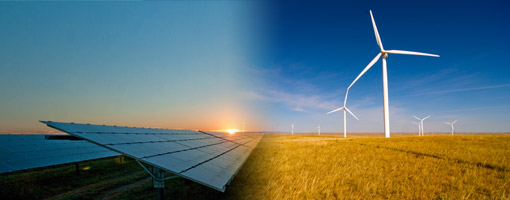US spending on energy efficiency through utilities, energy savings performance contracts (ESPCs) and property assessed clean energy programs (PACE) reached $15 billion in 2017 — the most recent year that data is available.
Pennsylvania, Virginia, Connecticut and Florida strengthened their state building energy codes in 2018 in order to increase energy efficiency.
The electricity sector improved its carbon intensity in 2018 due to increased renewable energy and natural gas power generation and investments in energy efficiency, said the 2019Sustainable Energy in America Factbook published by BloombergNEF (BNEF) and the Business Council for Sustainable Energy (BCSE).
The most new gas-fired power-generating capacity was added in 14 years propelling it to 35 percent of the country’s power generation. Natural gas production hit record highs, over 82 billion cubic feet per day.
Installations of renewables hit 19.5 gigawatts in 2018. Solar accounted for 11.6 gigawatts last year followed by wind at 7.5 gigawatts. In 2018, hydro added 142 megawatts, biomass and waste-to-energy added 103 megawatts, and geothermal added 53 megawatts.
Hydropower and wind are the two largest sources of zero-carbon, renewable generation in the US.
“More coal plants closing and being replaced by cleaner sources of power marked a key trend that continued in 2018,” said Ethan Zindler, BloombergNEF’s head of Americas.
In many major regions, weighted-average retail power prices fell 1-3 percent though they did rise in some regions.
The entire US energy sector employs approximately 6.5 million Americans, up 2 percent in 2017 from 2016 (the most recent data available), with energy efficiency, renewable energy and natural gas sectors employing 3.4 million Americans—or 52.3 percent of the entire energy sector—in 2017.
EVs accounted for only 1.3 percent of total vehicles sold in the U.S in the 4th quarter of 2017. By the third quarter in 2018, that had nearly doubled to 2.5 percent, then hit 3 percent by the fourth quarter.
The U.S. is second only to Canada with the lowest industrial electricity prices among the G7 nations.
Lithium-ion battery prices dropped another 18 percent year-on-year, boosting both EVs and stationary storage applications and encouraging electric utilities to sign power purchase agreements pairing storage with solar and wind.

